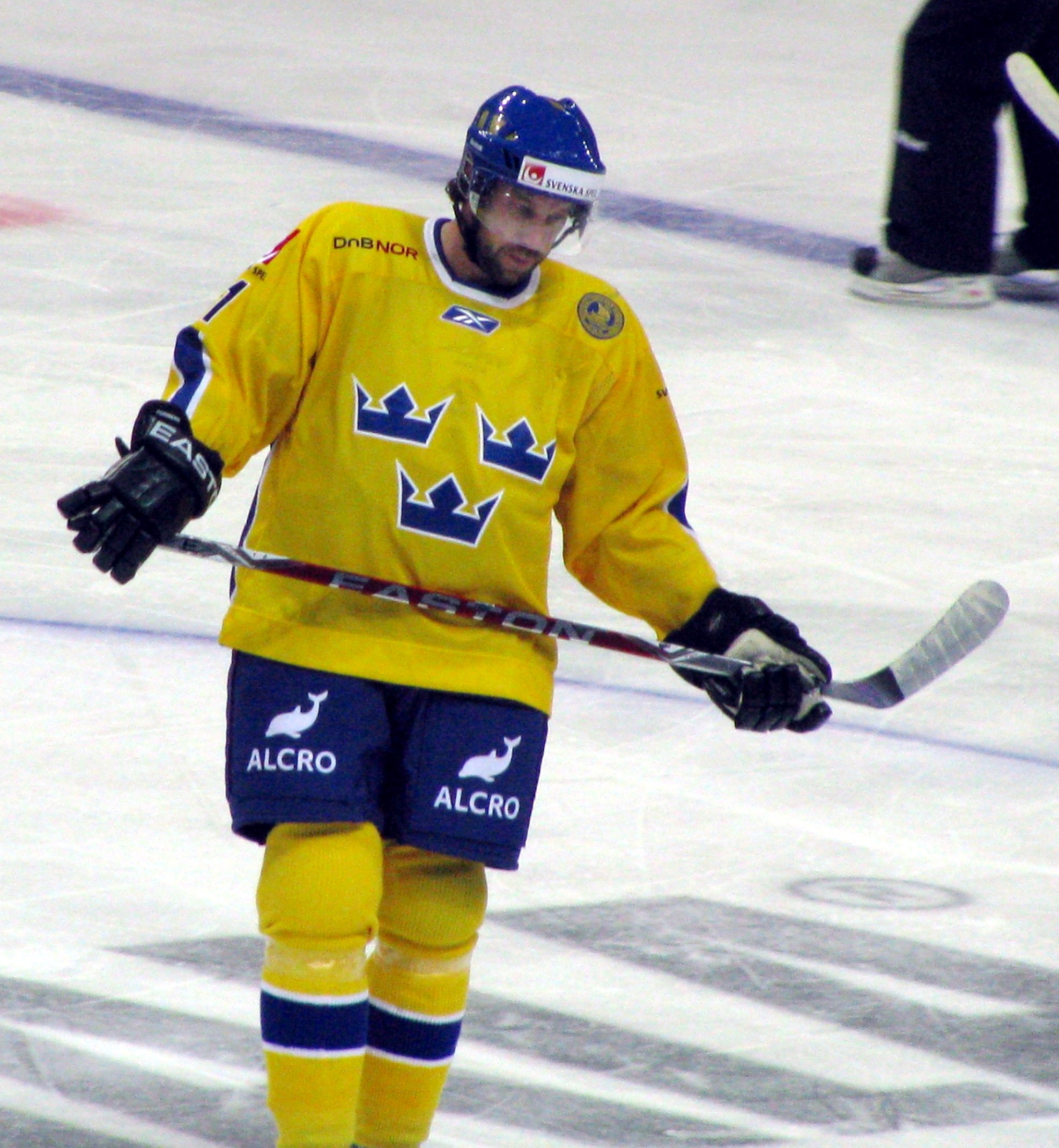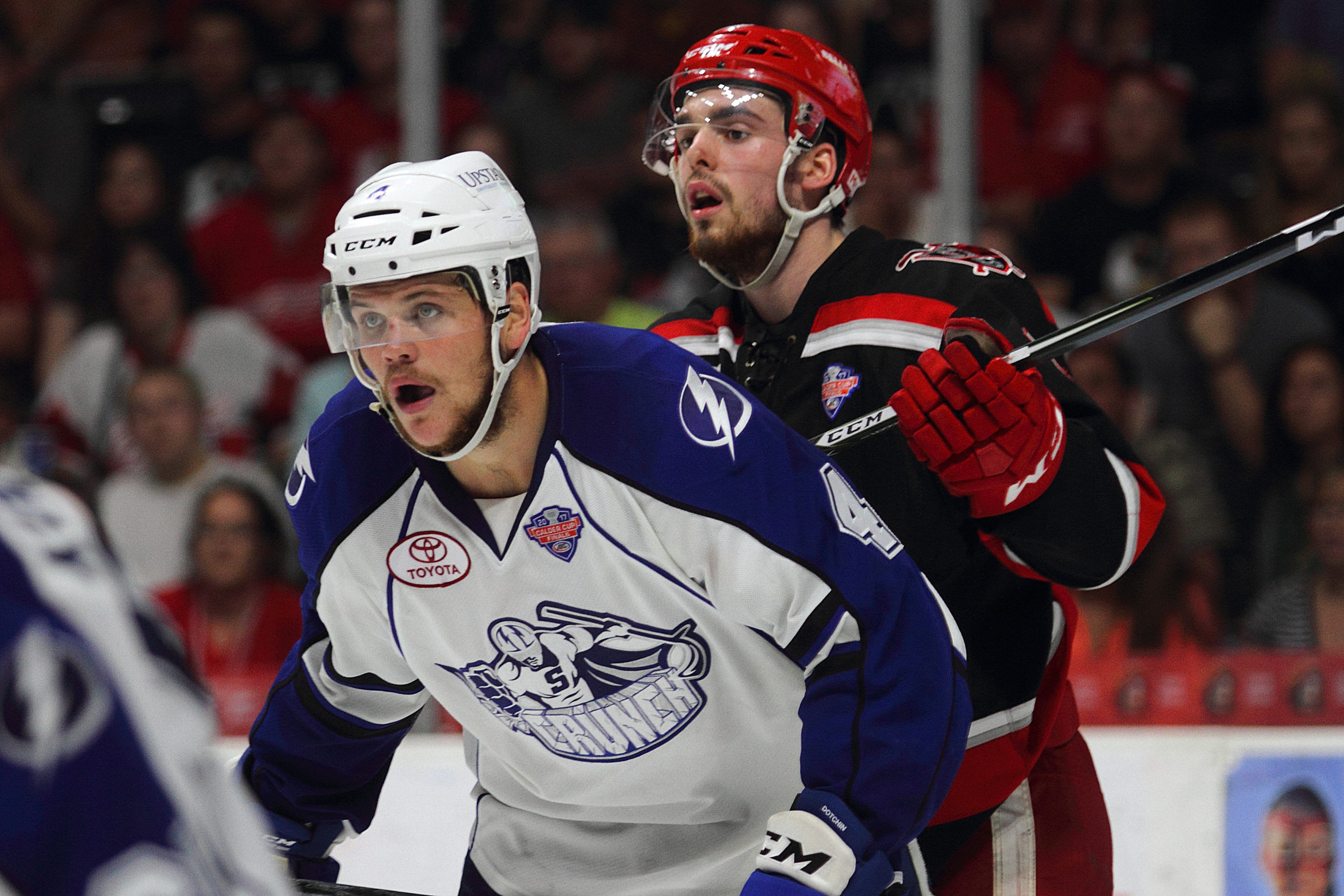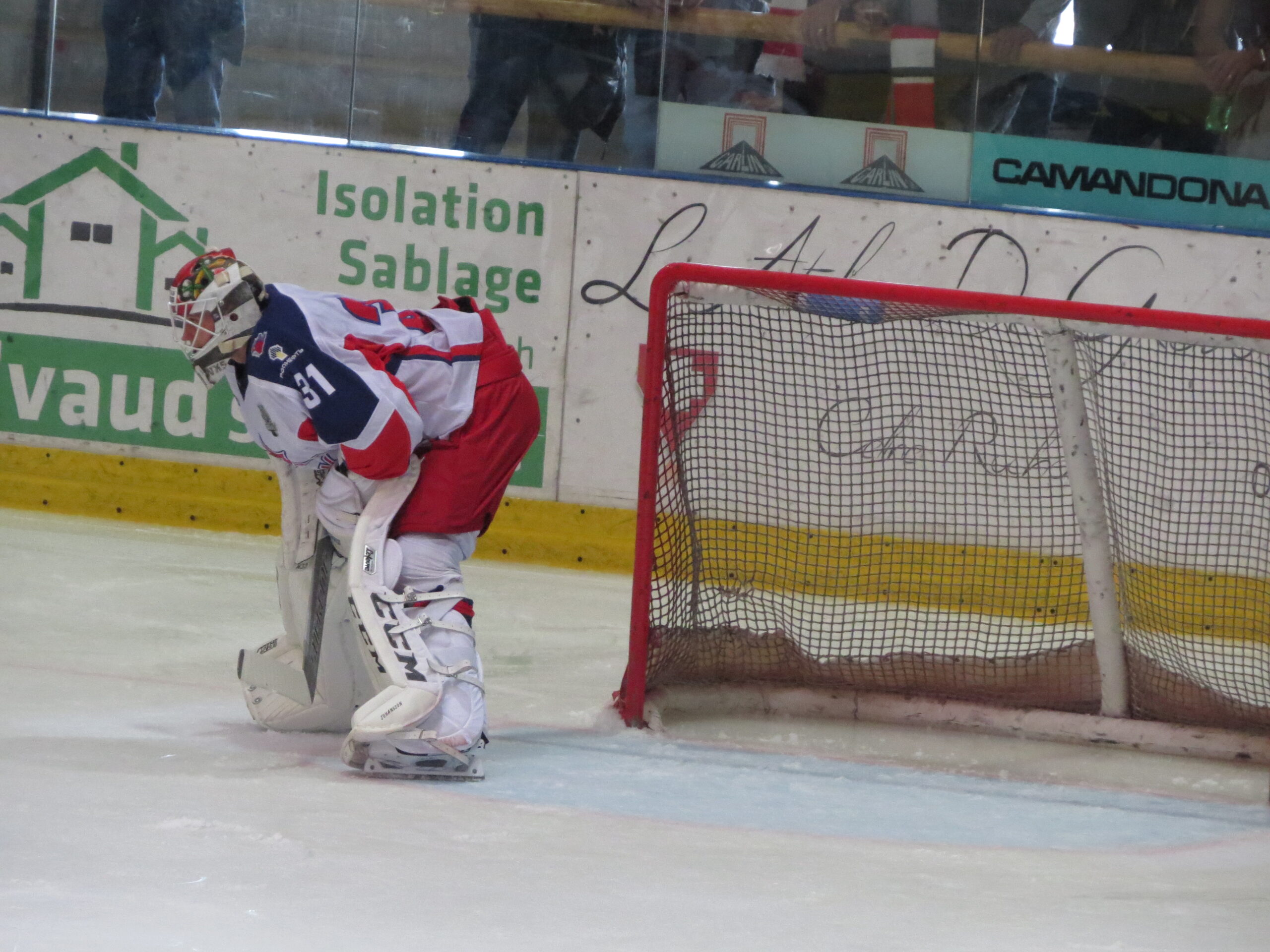By Alec Roberson
A few weeks ago we took a look at the relationship between the NHL and KHL in light of the NHL’s adjustments made in response to the events in Ukraine. If you have not had a chance to read that article, check it out here. As explained in that article, when it comes to player transfers between the NHL and various leagues around the world, most enter into some sort of player transfer agreement. These agreements (in addition to some parts of the NHL’s CBA) govern how and when players can move between the leagues. Today we take a look at another top league and its agreement with the NHL: the Swedish Ice Hockey Association (SHA).
The NHL and KHL interestingly have only a memorandum of understanding versus an agreement (discussed in our article). While the IIHF has tried to implement a more universal player transfer agreement amongst its member clubs (the last being in 2007), it has not been successful. That agreement only lasted about a year and did not include the KHL.
Brief History
The SHA was formed in 1922 and has been a member of the Swedish Sports Confederation and the IIHF since its inception. The SHA is in charge of most levels of hockey in Sweden. It controls Swedish district, national, and international leagues and teams. This includes professional leagues for men and women in Sweden including the SHL, the SDHL, HockeyAllvensken, and HockeyEttan, their junior leagues including J20 SuperElit, J18 Allsvenskan, and U16 SM-slutspell among others. It also includes the men’s and women’s national teams, the national U20 and below teams, and even the national inline hockey teams.
NHL/European Player Transfers Historically
Initially, player transfers between the NHL and Europe were fairly unregulated. Then the IIHF and the NHL decided to come to an agreement to help create some framework. Even though there were agreements in place for almost a decade between the NHL and IIHF regarding player transfers, Russia left the agreement around 2005. Then the NHL and IIHF came into a new agreement in 2007. Shortly after, that system fell apart and initiated the process leading to the current NHL/European dynamic.
The 2007 IIHF Player Transfer Agreement
This 2007 agreement set the terms of player transfers (transfer compensation, number of players permitted, deadlines, etc.) between the NHL and the IIHF’s member countries, including Sweden. As mentioned, Russia was not a party to that agreement. That agreement was set to last four years with the option for any party to renegotiate its terms before January 1, 2008.
Well, that is exactly what happened. Within a year of execution, the NHL, as well as Sweden, Slovakia, Germany, Czech Republic, Finland and Switzerland, all exercised their right to renegotiate that agreement. Outside of many specifics including wanting increased transfer compensation due to loss in value of the U.S. dollar, the overarching concern among the European countries was that underdeveloped players were bolting to North America with NHL contracts. Most never even played an NHL game. Interestingly, the NHL agreed with this point in many aspects.
The End of the 2007 IIHF Player Transfer Agreement
With the 2007 agreement reopened, if no new agreement was put into effect it would expire with nothing in place. On June 16, 2008, the agreement expired and it was back to open season for player transfers. Both the NHL and the IIHF member leagues agreed to not interfere with players under contract. But free agents…..that was fair game with no compensation due. The IIHF agreement system broke and now it was up to each country to negotiate separately if it chose to.
The NHL’s CBA did incorporate some aspects of the IIHF agreement such as no poaching of European players under contract. Keep in mind that the CBA is between the NHL and NHLPA.
The NHL/SHA Relationship Post IIHF Agreement
After the breakdown of the IIHF’s agreement, the NHL and SHA entered into numerous agreements through the years, some even just for a single season. For example, in 2010, the NHL and the SHA, entered into a player transfer agreement just for the 2011-2012 season. In 2013, the NHL and SHA reached a seven-year agreement. That agreement provided for many things including NHL teams paying Swedish teams and the SHA when signing Swedish players and increasing the amount of time for NHL teams to sign drafted Swedish players younger than 20 from two to four years. The NHL extended that agreement in place for the 2020-2021 season.
Then came the time to renegotiate the agreement.
The negotiations for the current NHL/SHA agreement took place between SHA Vice President Peter Forsberg, SHL sports director Johan Hemlin, NHL Deputy Commissioner Bill Daly and NHL Commissioner Gary Bettman. As Forsberg stated, the negotiations were tough but fruitful for the SHA. Having these types of agreements are beneficial for both sides.
Terms of the Agreement
After around two years of negotiations between the NHL and the SHA (largely delayed due to the pandemic), the two sides entered into a new player transfer agreement (the “Agreement”) on April 5, 2022. This Agreement is reportedly the largest agreement in Swedish sports history valued at roughly SEK 600 to 800 million.
This Agreement largely shows the NHL’s support to, and acknowledged value of, the SHA when it comes to player development and growth of the sport. Outside of North America, Sweden is the largest country in terms of player development to the NHL. With 82 Swedish players currently in the NHL and countless notable Swedish NHL alums (Peter Forseberg, Nick Lidstrom, the Sedin twins, etc), it is no secret that the relationship between the NHL and Sweden is huge.
1. Draft Compensation
We will start with a new aspect of the Agreement versus older versions. In previous agreements, the NHL teams paid the SHA and its appropriate member clubs whenever a Swedish player signed a contract with an NHL team. However, this new Agreement adds another caveat – the NHL teams will pay the SHA whenever a player is drafted by an NHL team from Sweden. As SHA Vice President Peter Forseberg explained, the money received as “draft compensation” will be used for elite development of players including paying for tournaments, training camps, coaches and referees. The SHA will receive $35,000 per player drafted in the first round of the NHL draft and $20,000 per player for later rounds.
2. Contract Compensation
In addition, the sums paid to the SHA and applicable teams for contracted players have been increased in this Agreement. In addition to the SHA, the last four teams the player has played with in Sweden will receive compensation. The sum paid for each player that signs an NHL contract is $381,500. Out of that sum, the applicable teams get $361,500 and the SHA gets $20,000. Out of the amount payable to the teams, the team the player played with in Sweden in the last year will receive 40% and the other previous 3 years will receive 20% each.
Between player compensation and draft compensation it is estimated that the new Agreement will provide roughly SEK 600,000 per player more than the previous agreement.
3. Deadlines
The Agreement also covers timing of players coming to North America from Sweden. The normal signing deadline for Swedish players is June 15 in a calendar year. Players drafted that year must be signed by July 15 of that year. Players drafted in the first round may be signed until August 15 of that year BUT a $100,000 penalty will be assessed. This applies to draftees drafted after the Agreement’s effective date.
As in the previous agreement, NHL teams will still own the rights to a 18 or 19 year old player drafted out of Sweden for four years before needing to sign them to a contract. If the player is 20 years old or older the NHL team owns his rights for two years. This was a big point for the SHA in the 2013 agreement with the hopes that it would lead to players staying in Sweden longer to develop. Article 8 of the NHL CBA also provides that rule for protection amongst the NHL teams in addition to any agreements with international leagues.
4. AHL Transactions
Much like the intricacies involved in NHL teams sending young CHL players to the AHL, this Agreement has its own rules that apply to Swedish players. An NHL team may freely send a 1st round draft pick to the AHL. Players selected in the 2nd round or later require consultation with the player’s Swedish team. If a player (not including a 1st round pick) is younger than 24, he should be sent back to Sweden. While the Swedish team could waive its rights to this, the NHL team cannot offer anything of value to entice the Swedish team to do so. In fact, it is the NHL’s position that this could amount to salary circumvention. However, there is nothing stopping the NHL team from speaking with the Swedish team about its intentions.
This was important to the SHA as they wanted young players coming back to Sweden to develop versus playing in the AHL. As part of the negotiations, the SHA gave up this rule applying to all players (including 1st round picks). In exchange, the NHL agreed to increase the required age from 21 to 24.
It is important to remember that these restrictions are provided in the Agreement between the NHL and SHA, and not a specific internal NHL or AHL rule. Much like the NHL’s agreement with the CHL relating to players in the AHL.
5. Opt-Out Clause and Duration
The Agreement is set to last eight years but there is an opt out clause after four years.
One technicality to keep in mind with these transfers is that the NHL could take these players for free if it wanted to. Each Swedish player has an “out” in their contract with their Swedish clubs. This has never been pressed by the NHL. This is likely a sign of good faith with the SHA and the importance of the relationship.
Concluding Thoughts
While this article takes a look at some major aspects of the current NHL-SHA player transfer agreement it is important to think as much about the goals of the NHL and SHA and why this Agreement exists as much as its specific terms.
Mutual Interest
The NHL and SHA have a mutual interest in developing young players in the best way possible. As Forsberg provided, the SHA was focused on retaining players in Sweden as much as possible to guide their development. With the exception of certain players, this approach seems to have some success.
The NHL is focused on having and retaining the best league in the world. NHL teams certainly like to have control over its players’ development. There could be some concern with the increased ability of Swedish teams’ rights to control when players are allowed to play in the AHL and how that might affect NHL team’s decisions on drafting Swedish players. Bill Daly does not think that will be much of an issue though. I personally do not either. Teams will draft the best players available for their rosters and this Agreement doesn’t appear too great a hindrance.
The Swedish System Has Proven to be Very Effective
While the NHL would love to have players coming over as soon as they are ready, the increased protections put in this Agreement for the SHA by no means lessen the impact that Swedish hockey has on the NHL. In many ways, I would argue it enhances it. Development of players is as, if not more, important to picking the right player in the draft. For many, getting to play amongst men in Sweden versus junior hockey helps foster that development.
Now there is an argument that getting players over to the AHL sooner could be good for development. The game is played a little differently in North America versus Europe and the rink sizes are different. But it is no secret that Sweden has done a very good job developing players. There is also value in younger players slowly developing in a more comfortable setting. That is, their native country. I also believe in making sure that players are truly ready for the next steps. Maybe “over-ripen” players so to speak. And keep in mind, it is still not impossible to bring Swedish players over to the AHL, just a little more difficult. But that is part of the negotiation process.
For now it appears that the NHL and SHA are on very good terms. We at least have this Agreement to guide player transfers between the leagues for four years and maybe more.
Stay tuned as we continue our tour of Europe in the coming weeks to analyze another NHL player transfer agreement.
Post image attribution: By: Javatyk, CC BY-SA 3.0 https://creativecommons.org/licenses/by-sa/3.0, via Wikimedia Commons




